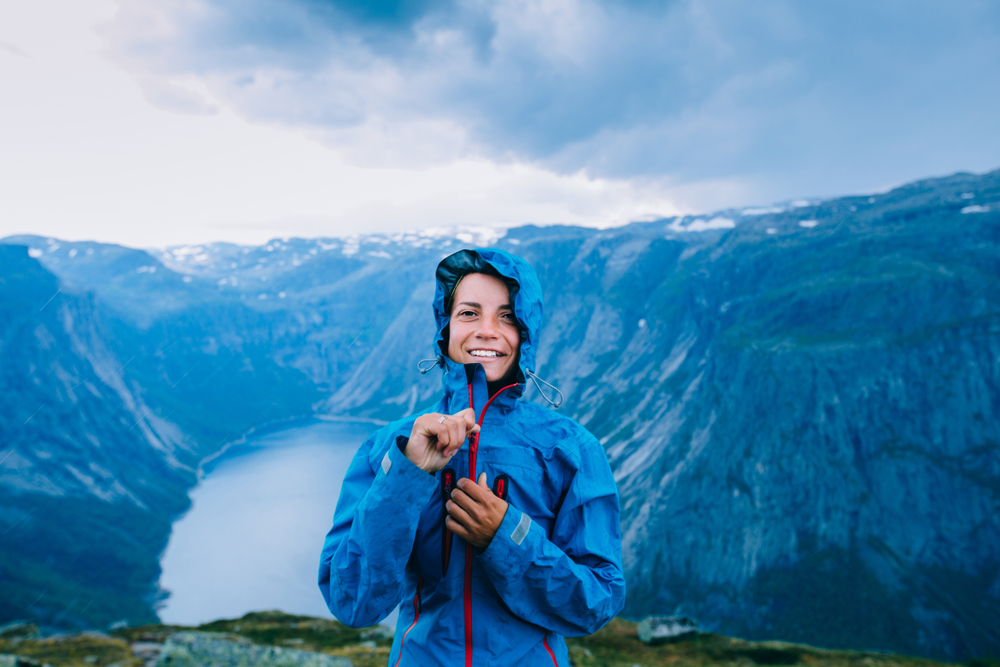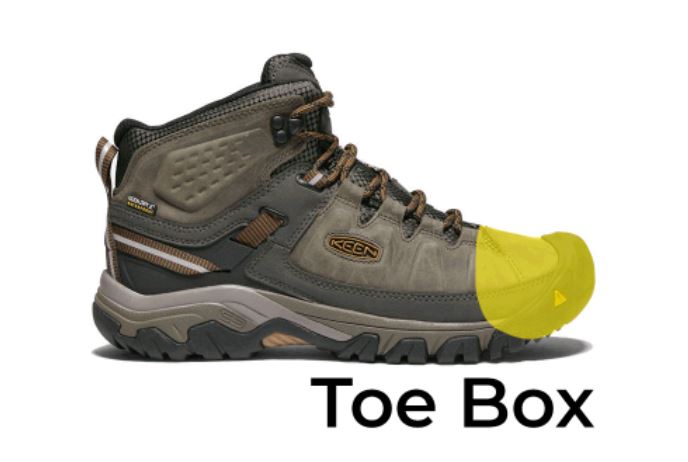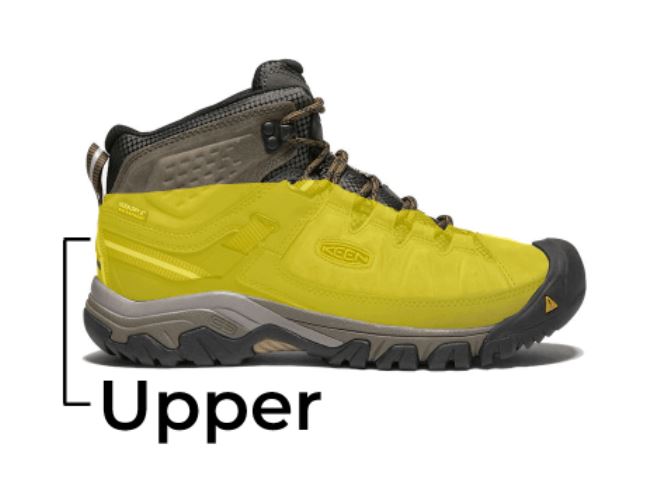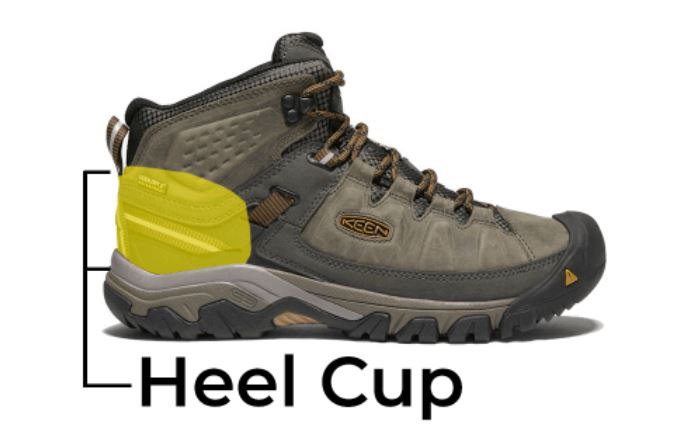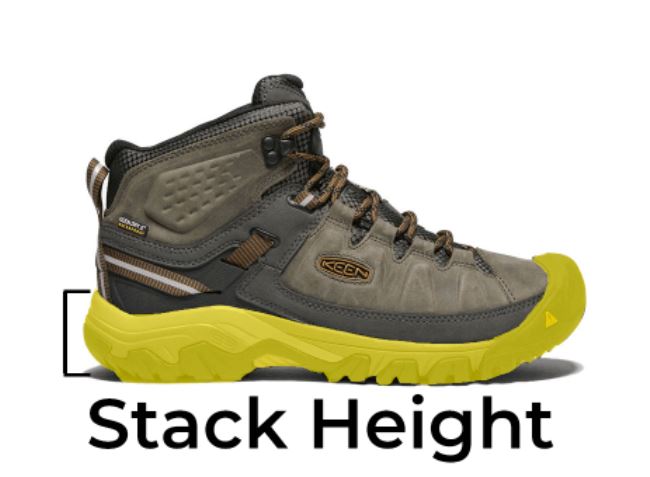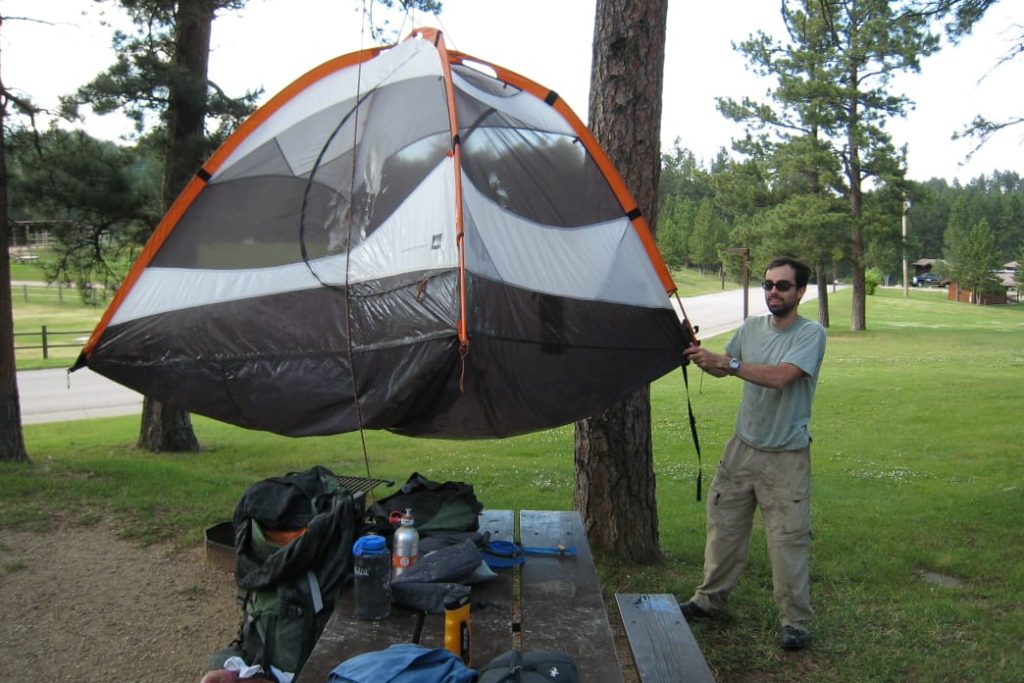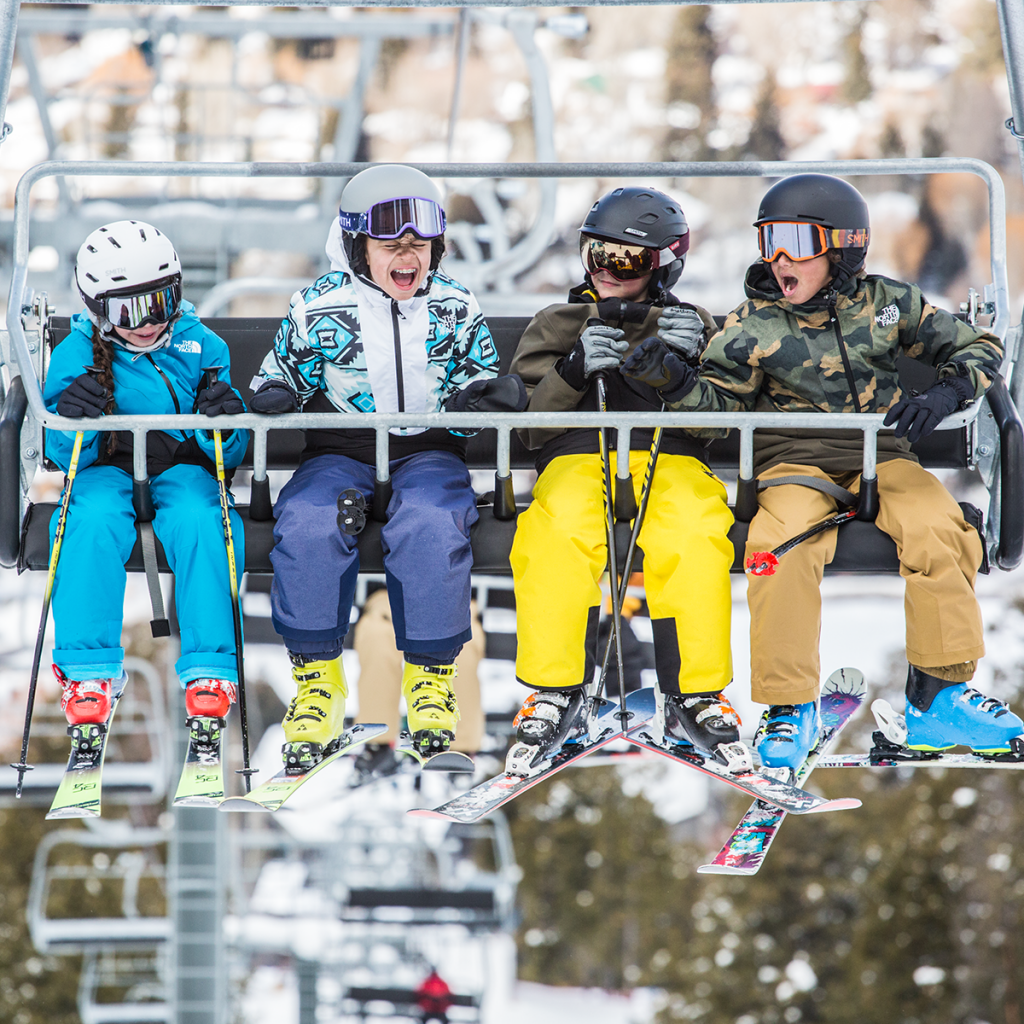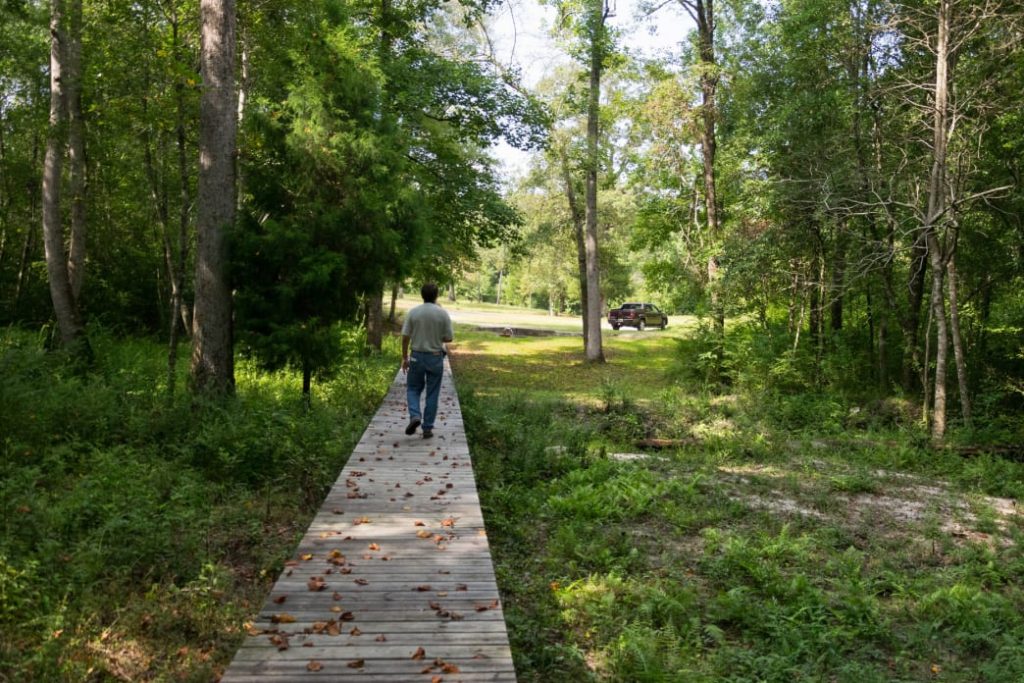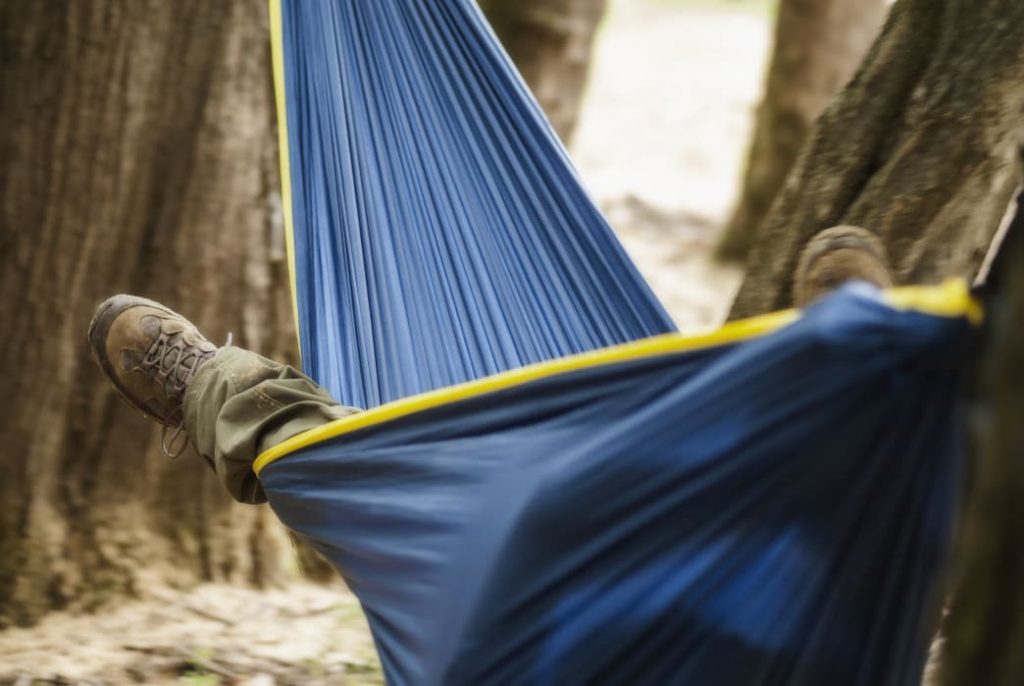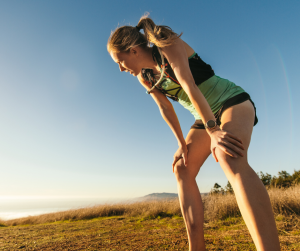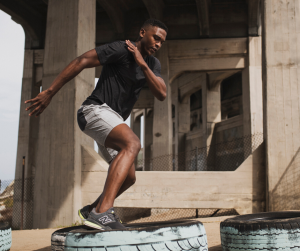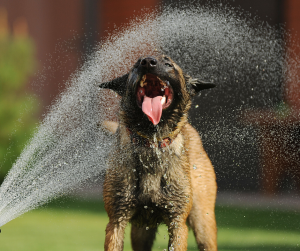
Building the perfect campfire: an indispensable skill for any outdoors enthusiast, given the life-saving properties of an emergency blaze—not to mention the fundamental bragging rights. (Take that too far, though, and you’ve got one of those arenas prone to obnoxious contests and condescending tutorials by insecure campers compelled to demonstrate their outdoorsy and macho bona fides.) Really, there’s no one formula that translates to the “best” campfire: There are certainly various options for fuel arrangement and materials, as long as you understand the basic principles of combustion.
For some lucky souls, efficient fire-kindling is intuitive, their method honed through a lot of practice (or maybe some innate talent inherited from thousands of generations of fire-making ancestors). It’s absolutely possible to achieve such skill level without ever learning about the chemistry of combustion. But your fire-building props can only be enhanced with a bit of knowledge of the science behind coaxing flame out of wood—not to mention some insider tips on fire-building in inclement conditions, cooking over fire, and being a responsible fire-maker.
The Fire Triangle, and Other Combustion Basics
Perhaps you know the three fundamentals of combustion composing the “fire triangle”: fuel, heat, and oxygen. All three—in proper proportions, too—are required to set those flames happily dancing, and managing them is your M.O. as a fire-maker.
In combustion’s pre-ignition stage, a heat source (“pilot heat”) ramps up the temperature to dry out the fuel, boiling away its moisture, and volatizing oils, resins, and other compounds. This creates a waft of flammable gases above the fuel that the pilot heat can then set alight in the ignition stage. As flaming combustion proceeds through the explosive, energy-releasing reaction of oxygen and fuel gases, enough heat is generated to convert the fire into a self-perpetuating one.
The all-important reaction zone—where oxygen and fuel gases engage with one another and split their chemical bonds—must eventually collapse to the solid fuel in order to keep the combustion going. This is when the glowing and smoldering (as opposed to flaming) phases initiate, producing more fuel gases and also char: a black carbon coat representing incomplete combustion. As the fire eats up the available fuel, white mineral ash remains.
Tinder, Kindling, Fuel Wood

To get a fire going, you need to generate enough heat to dehydrate unburned fuel. As you might imagine, a piece of fuel with a large surface area-to-volume ratio heats more quickly and kicks off flaming combustion sooner than bulkier fuel. A drier piece of fuel also burns more readily because less pre-ignition heat is required to steam off moisture. So you want fine, dry material—the all-important tinder—to catch the initial flame from your pilot heat source (a lit match, a lighter, etc.).
Good sources of tinder include wood shavings, dry leaves, pine needles, dry moss, straw, newspaper, dryer lint, and char-cloth. This is an age-old firestarter made by singing cotton or other fabric (which is also the stuff stored in old-school tinderboxes).
Next up in the fuel-size department is kindling: branches or narrow lengths of split wood. Kindling, of course, burns through quickly, so ultimately you want to use it to ignite thicker, larger logs as longer-burning fuel wood.
Softwoods—conifers, basically—are less dense and more volatile than hardwoods, which makes them ideal fire-starters but poor choices for sustained heat. So if you have the choice you might light a fire with softwood kindling, then transition to hardwood logs.
Campfire Structure
Perhaps the most important thing to remember when constructing the fuel structure of your campfire is allowing for infiltration by oxygen. In other words, you have to give the flames some breathing room.
Different campfire configurations have their own devotees. The “teepee” consists of kindling and logs leaning in against one another in a roughly conical form. The “lean-to” is a piece of green wood rammed at an angle into the ground to form a ridgeline for rafters of fuel wood, with the tinder lit beneath this roof. The “pyramid” is a structure of crisscrossed scaffold of wood getting larger from top to bottom, upon which the fire is lit.
One good approach to give your fire an initial skeleton and allow for good airflow is to lay down a piece of kindling or even fuel wood, then brace another against it. Place a generous nest of tinder in the crook formed, and use the scaffold to support twigs, branches, or small splits around and over this tinder mass—but don’t shield it too densely, or it will struggle to get enough oxygen.
Starting the Fire
Light your tinder nest, loosely framed by small kindling. Blowing or fanning the flame can pump it up, but if you overdo it you can easily snuff it out; aim for a fairly gentle but steady inflow of air. Use a twig or poker stick to carefully push any bits of tinder that fall or drift away back into the bundle.
Ideally your small kindling starts catching once the burning tinder has sufficiently preheated it and formed a fuel cloud above it. Keep adding kindling to build up a decent flame, then once you’ve got some good heat going, lay a few thick fuel-wood branches or splits across the fire, placing them fairly close together while allowing narrow gaps for oxygen to circulate.
Maintaining the Fire

Starting a fire is its own challenge; keeping it going is another. If igniting a campfire is all about structure, balance is key to keeping it burning.
Balance involves several concepts: the balance between placing logs too close together (thus throttling the fire for insufficient oxygen) and too far apart (resulting in insufficient heat and intensity); and the balance between adding too much fuel—restocking the fire too frequently—and starving it. Generally speaking, it’s the balance between fiddling too much with the fire and downright neglecting it.
Which is actually a fairly profound point. Consistent with the tendency of certain campers to commandeer the fire-making process is the impulse to constantly prod and rearrange the fire: an inability to keep one’s hands off the thing. It could be neurotic obsession or the primal joy of engaging with open flame, but often enough it’s showmanship again: an attempt to convince onlookers that only your continuous, fiddly adjustments are keeping that fragile campfire going.
Resist that impulse. A fire excessively monkeyed-around with may well go out; if nothing else, it’s unlikely to achieve its full, rolling glory, that perfect combination of oxygen and fuel and heat. You are the source of ignition; once the fire’s going, you’re its provider. But the fire knows how to burn, knows how to prepare a hunk of cellulose and lignin to combust. Once independent of its pilot heat, a fire has its own momentum and rhythm, and you should leave it alone as much as possible.
That said, occasional shifting of the campfire wood is useful, because it knocks off the ash that naturally accumulates on the wood surface and which, if undisturbed, can thicken enough to choke out combustion.
Another practical thing you can do if you’re feeling a bit handsy toward your fire is staging unburned wood around the combustion zone so you’re getting a jumpstart on the preheating process. That’s an especially good idea if your wood supply is a little on the wet side.
And Speaking of the Wet Side…
Starting a fire under friendly, clear evening skies is one thing, but what about in a steady drizzle—or an all-out downpour? You’re probably not making a recreational fire if it’s pouring buckets, but a campfire’s totally doable (and welcome) in a light rain; and needless to say, in a survival situation you may find it critical to get a blaze going in cold, wet conditions.
You should have an emergency cache of firestarters and/or tinder (char-cloth, cotton balls marinated in petroleum jelly, dryer fluff, or newspaper) along with your matches and lighter in a waterproof container anytime you hit the wilds, on the off-chance such a survival situation presents itself. But you can also often rustle up reasonably dry tinder even in a rainstorm by foraging for pine needles, dead leaves, and other forest litter under the shelter of dense-canopied trees or shrubs, logs, rocky alcoves, and the like. You can also split thick branches or small logs with a knife or hatchet to make tinder and kindling from the dry inner wood.
To shield your fire from rain, build it under an overhang or a tree, preferably a thick-needled and wide-branching conifer; just exercise common-sense precautions when managing the campfire under the potentially flammable foliage above. If you keep your fire small and well-controlled, you could also make it under a tarp or poncho strung up as a slanted roof.
Elevate your campfire off the wet ground by making a base of crosswise-stacking branches or large twigs, or of flattish stones. For fuel wood, gather as dry pieces as you can find, and, again, stage them around the fire before putting them on the flame to help dehydrate them some. A hot-enough fire will burn damp wood satisfactorily, though it’ll of course be on the smoky side.
The Cookfire
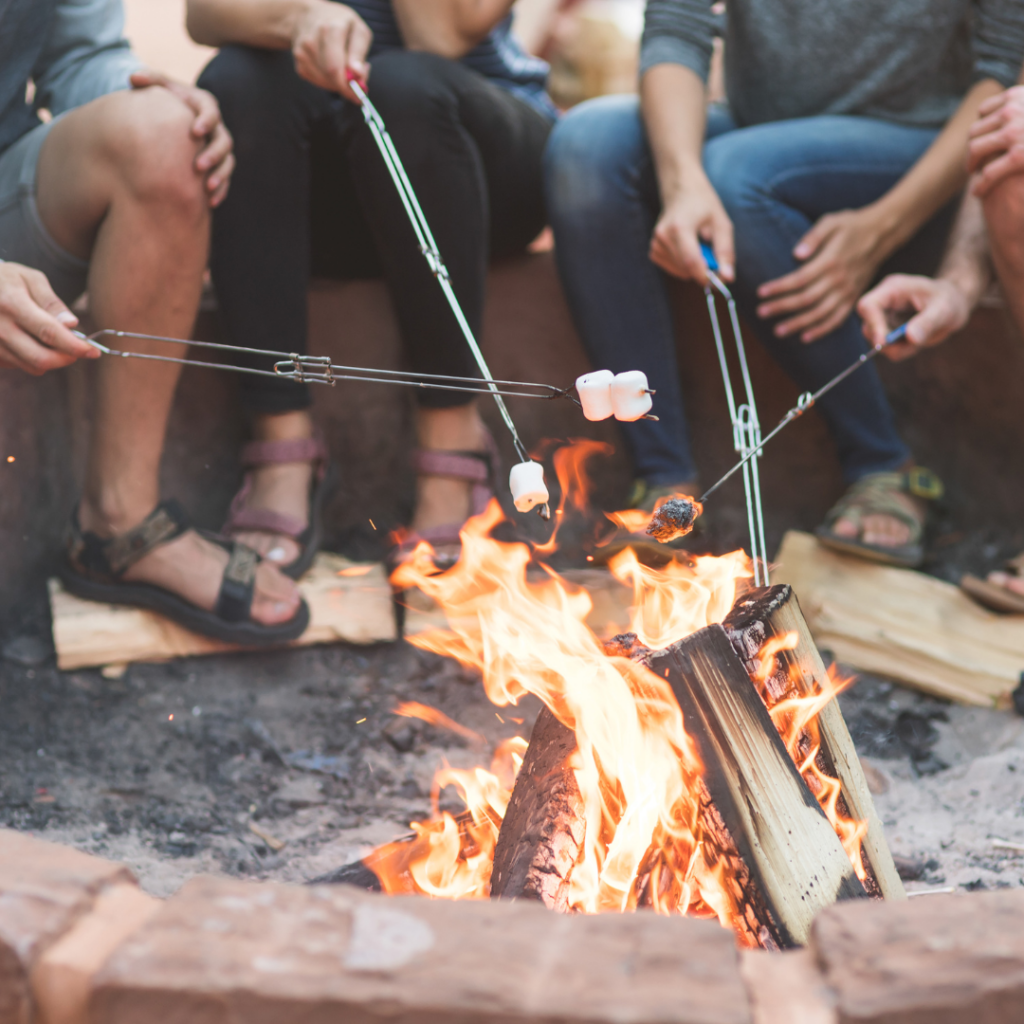
A fire that supplies warmth, cheery light, and inspiration for war stories, ghost stories, and crappy jokes is already a plenty useful one. A fire that cooks your dinner, too? Heck yeah!
Those iron grates over many a developed campsite fire-ring suggest the world of flame-cookery beyond roasting marshmallows or hot dogs. And you’ve got a lot going for you even if your culinary skills are on the limited side: Not only does everything taste better outside, but everything tastes even better kissed by a few flames.
Of course, fire cooking in general is less about flames and more about coals. The glowing phase of combustion with its pulsing embers supplies the steady, strong heat you want. So good news for those who like hands-on fire-tending: You need to actively cultivate a nice bed of coals to prep your campfire for cooking. To construct that coalbed, keep a rigorous and well-packed fire going. As coals begin piling up, you can start transferring them aside to a separate corner of the firepit for cooking. Continue replenishing coals as needed from the fire. A glowing (not flaming) log can be a good source of cooking heat as well. (While you can do all this coal-wrangling with a pair of poker sticks, tongs certainly come in handy.)
You can also use a Dutch oven suspended over the fire, or loaded with coals underneath and on the lid to fire up ready-to-cook stews, roast meat, bake bread—you name it.
No grill, no pan, no Dutch oven? You can still whip up some fire-kissed deliciousness. Cook directly on coals or within ashes by pouching food (diced potatoes, for example) in aluminum foil, or by taking advantage of natural outer skins that can be charred. Garlic, onions, eggplant, corn still in the husk, squash, sweet potatoes, plantains—many veggies and fruits can be roasted “naked” to perfection on a coalbed or buried in hot ashes. This kind of cooking is about as low-maintenance as it gets, and the charred, caramelized goodness that comes from the firepit is likely to knock the socks off your fellow campers.
Fire Ethics and Safety
Campfires are wonderful things, obviously, but as a responsible outdoorsperson you’ve got some important considerations to keep in mind. First of all, remember that a campfire exerts an environmental toll. Where fuel is naturally limited (above timberline, say), or in areas with very heavy recreational use, you should skip the fire in favor of camp stove cooking and stargazing. In such places, campfires may be outright prohibited; there are also often seasonal campfire bans when wildfire danger is high. Obviously follow any and all fire regulations.
Don’t break off live branches or foliage for fuel except in life-or-death situations; keep to the “dead or downed” protocol. Because of the risk of spreading forest pests or pathogens, you should only burn locally sourced firewood.
Bonfires are all well and good for certain occasions—namely, beach parties and bacchanals (and, of course, with a permit where required)—but more modest-sized blazes are usually your best bet. A large campfire can quickly get out of hand and increases the likelihood of surrounding vegetation catching flame—plus with all that leaping light you’re missing out on some of the pleasures of the dark, the night sky among them.
Whether you’re backpacking or car-camping, you need to follow old Smokey Bear’s advice and make sure that fire of yours is dead out. Mishandled campfires start a whole lot of wildfires: not the sort of thing you want to set in motion because of negligence.
 may feel fine when you’re doing some sort of exercise, but once you start cooling down, any moisture held against your skin is going to make you that much colder. Look for items made from polyester or Merino wool. We love Icebreaker’s iconic line of Merino wool base layers, including shirts, technical tops, and leggings.
may feel fine when you’re doing some sort of exercise, but once you start cooling down, any moisture held against your skin is going to make you that much colder. Look for items made from polyester or Merino wool. We love Icebreaker’s iconic line of Merino wool base layers, including shirts, technical tops, and leggings.
